Lucky Delights: 10 St. Patrick’s Day Birthday Cakes
Are you tired of the same old birthday cake designs? Do you want to add a touch of luck and charm to your upcoming birthday celebration?
Incorporating St. Patrick’s Day elements into your birthday cake can bring a unique and festive twist to your special day. Here are ten St. Patrick’s Day-themed birthday cake ideas that will leave your guests feeling lucky and delighted.
10 St. Patrick’s Day Themed Birthday Cake Ideas
Feel free to customize these ideas to suit your preferences and add personal touches. Enjoy the St. Patrick’s Day-themed birthday celebration!
Pot of Gold Themed Birthday Cakes
Create a cake in the shape of a pot of gold at the end of a rainbow. Use colorful frosting for the rainbow and add gold coin-shaped chocolates or fondant at the base.
Shamrock Delight Themed Birthday Cakes
Decorate a cake with green frosting and draw or pipe shamrock shapes using white icing. Add edible glitter or gold sprinkles for a festive touch.
Leprechaun Hat Themed Birthday Cakes
Bake a round cake and carve it into the shape of a leprechaun hat. Cover it with green frosting and add a black fondant belt and buckle around the base of the hat.
Irish Flag Themed Birthday Cakes
Frost a rectangular cake with white, orange, and green icing to resemble the Irish flag. You can also add a shamrock design or a birthday message using colored icing.
Lucky Charms Themed Birthday Cakes
Frost a cake with white icing and decorate it with colorful Lucky Charms cereal. Arrange the cereal pieces around the cake and add a few shamrock-shaped marshmallows.
Rainbow and Gold Coins Themed Birthday Cakes
Create a cake with layers of different colored cake or frosting to represent a rainbow. Place gold coin-shaped chocolates or fondant along the sides of the cake.
Guinness-inspired Themed Birthday Cakes
Bake a chocolate cake infused with Guinness beer and cover it with chocolate ganache. Decorate the top with white icing to resemble a frothy pint of Guinness.
Celtic Knot Design Themed Birthday Cakes
Frost a cake with green icing and use white icing to create a Celtic knot design on top. You can find stencil designs online to help you with the intricate pattern.
Lucky Horseshoe Themed Birthday Cakes
Decorate a cake with a horseshoe design using fondant or colored icing. Add edible gold sprinkles or dust to the horseshoe for an extra touch of luck.
St. Patrick’s Day Confetti Themed Birthday Cakes
Bake a cake and mix green, white, and gold sprinkles into the batter before baking. Frost the cake with white or green icing and sprinkle additional confetti on top.
What does it mean to be born on St Patricks Day?
Being born on St. Patrick’s Day, which falls on March 17th each year, doesn’t inherently carry any specific meaning beyond what you might personally attribute to it. It can be a fun fact about your birthday since St. Patrick’s Day is widely recognized and celebrated, especially in countries with a significant Irish diaspora, such as the United States.
St. Patrick’s Day commemorates the death of St. Patrick, the patron saint of Ireland. It is traditionally a religious and cultural celebration that has now grown into a worldwide celebration of Irish culture, marked by parades, wearing green attire, and public festivities.
If you were born on St. Patrick’s Day, you might find that your birthday celebrations coincide with these larger public celebrations. Friends and family might incorporate St. Patrick’s Day themes into your birthday festivities, or you might simply enjoy having a universally festive atmosphere.
However, being born on this day has no inherent significance regarding personality traits, destiny, or anything else, as these beliefs would be more associated with superstition or folklore than scientific fact.
What are the lucky symbols of St. Patrick’s Day?
St. Patrick’s Day is associated with several symbols and icons considered “lucky.” Here are a few of the most well-known:
- Shamrock: The shamrock, a three-leafed clover, is a central symbol of St. Patrick’s Day and Irish culture more broadly. Legend has it that St. Patrick used shamrock to illustrate the concept of the Holy Trinity (Father, Son, and Holy Spirit) when converting the Irish to Christianity.
- Four-leaf Clover: Although it’s not directly associated with St. Patrick or St. Patrick’s Day, the four-leaf clover is often used in celebrations because it is a well-known symbol of luck. According to folklore, each leaf represents something: the first is for faith, the second for hope, the third for love, and the fourth for luck.
- Leprechauns: Leprechauns, small magical beings from Irish folklore, are often associated with St. Patrick’s Day. They are known for their trickery and for hiding pots of gold at the end of rainbows.
- Pot of Gold and Rainbows: Stemming from the leprechaun legend, pots of gold and rainbows have come to symbolize good fortune and the promise of riches.
- The Color Green: Green, widely associated with Ireland, is considered lucky and is worn and displayed extensively on St. Patrick’s Day. The green in the Irish flag and the emerald-green landscape of Ireland, known as the “Emerald Isle,” contribute to this association.
- Horseshoes: Horseshoes are seen as a universal symbol of luck and are often involved in St. Patrick’s Day celebrations and imagery.
- Celtic Cross: The Celtic cross, combining a cross with a ring surrounding the intersection, symbolizes Celtic Christianity, although it has older, pre-Christian origins. It is not necessarily a symbol of luck but is commonly associated with Irish heritage and is often seen during St. Patrick’s Day.
Why not to wear orange on St Patty’s?
The tradition of not wearing orange on St. Patrick’s Day is rooted in the history of Ireland and the religious and political divisions.
The green color widely associated with St. Patrick’s Day and Ireland more broadly represents the country’s Catholic population. On the other hand, orange represents the Protestant population. This is reflected in the Irish flag, where the green stripe represents Catholics, the orange stripe represents Protestants, and the white stripe in the middle represents peace between the two.
Historically, there has been significant conflict between these two groups, known as “The Troubles,” which began in the late 1960s and lasted until the Good Friday Agreement of 1998. This period was marked by violence and political unrest, largely stemming from national identity, civil rights, and constitutional status issues.
So, some people choose not to wear orange on St. Patrick’s Day to avoid bringing up these old divisions and conflicts. However, this practice varies depending on where and who you’re with.
In many parts of the world, particularly outside Ireland, this aspect of the holiday isn’t as well-known, and people may wear orange, green, and white—the Irish flag colors—without considering the historical connotations.
What are 5 facts about Saint Patrick?
St. Patrick is a well-known figure, particularly celebrated on St. Patrick’s Day every March 17, but there are many interesting facts about his life and his impact that people might not know.
- St. Patrick Wasn’t Irish: Despite being the patron saint of Ireland, St. Patrick was not actually Irish. He was born in Roman Britain in the late 4th century, now modern-day England, Scotland, or Wales (the exact location is uncertain). He was brought to Ireland as a slave at the age of 16.
- Kidnapped and Became a Slave: At 16, St. Patrick was kidnapped by Irish pirates and taken to Ireland, where he was held captive for six years. He worked as a shepherd and turned towards his faith during this time, becoming deeply devoted to Christianity.
- Escape and Return to Ireland: St. Patrick escaped from his captors after reportedly receiving a divine message in a dream telling him that a ship was ready to take him back to Britain. After returning home and becoming a cleric, he felt a calling to return to Ireland and did so as a bishop, aiming to convert the Irish to Christianity.
- Shamrock Symbol: St. Patrick is often associated with the three-leafed shamrock, which he reportedly used to explain the Christian concept of the Holy Trinity (the Father, the Son, and the Holy Spirit) to the Irish people. This is why the shamrock is now a symbol of Ireland and St. Patrick’s Day.
- Never Canonized by the Pope: Technically, St. Patrick isn’t a “Saint” by modern Catholic standards, as he was never officially canonized by a pope. His sainthood was granted before the canonization process was established in the 12th century. However, he is recognized as a saint in the eyes of the Church due to his significant contributions to Christianity and his devout life.
What is a famous quote from Saint Patrick?
Saint Patrick is attributed with several quotes and prayers. Perhaps the most famous and widely quoted is from “St. Patrick’s Breastplate,” also known as “The Deer’s Cry” or “The Lorica.” This prayer is believed to have been written by St. Patrick in the 5th century. Here is a part of this prayer:
“Christ with me, Christ before me, Christ behind me,
Christ in me, Christ beneath me, Christ above me,
Christ on my right, Christ on my left,
Christ when I lie down, Christ when I sit down, Christ when I arise,
Christ in the heart of every man who thinks of me,
Christ in the mouth of everyone who speaks of me,
Christ in every eye that sees me,
Christ in every ear that hears me.”

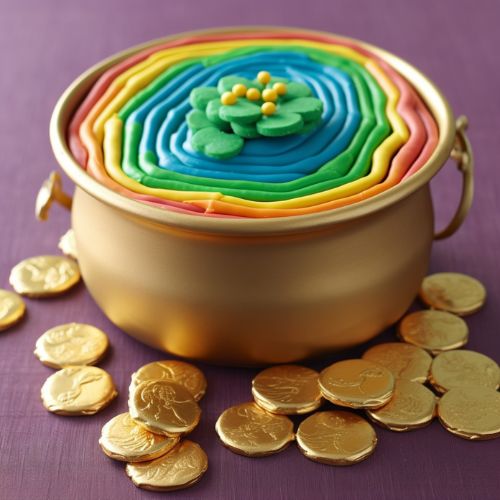
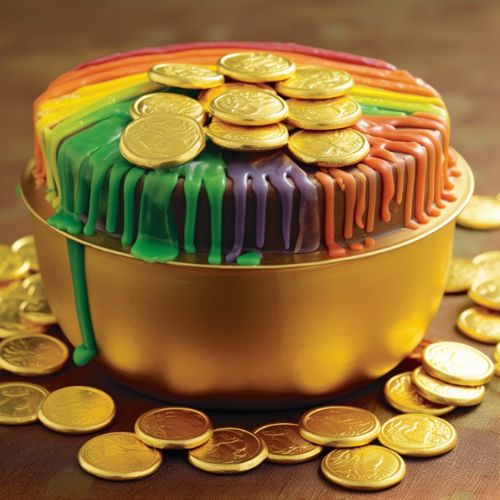
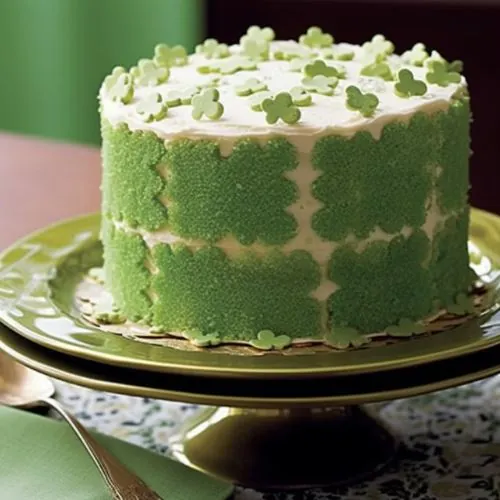
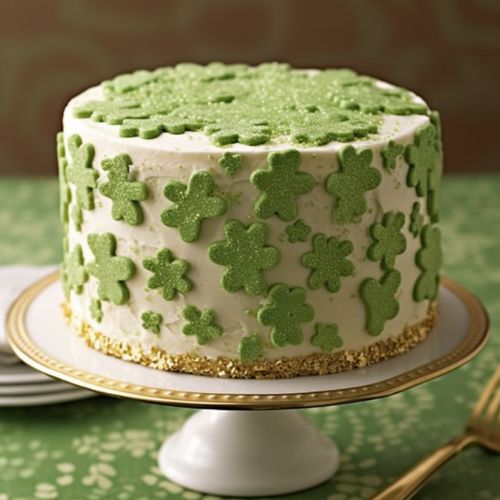
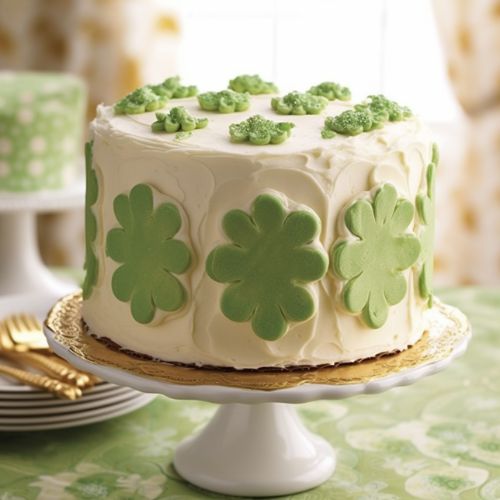
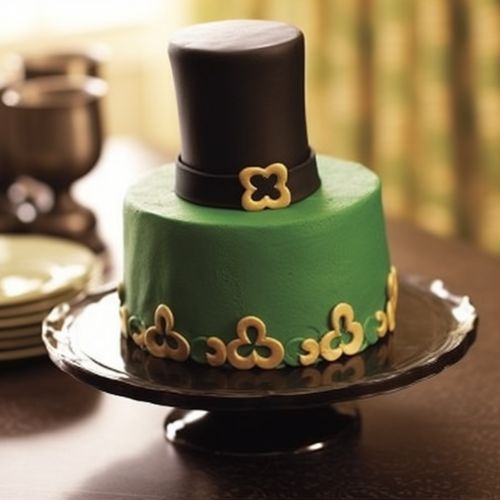
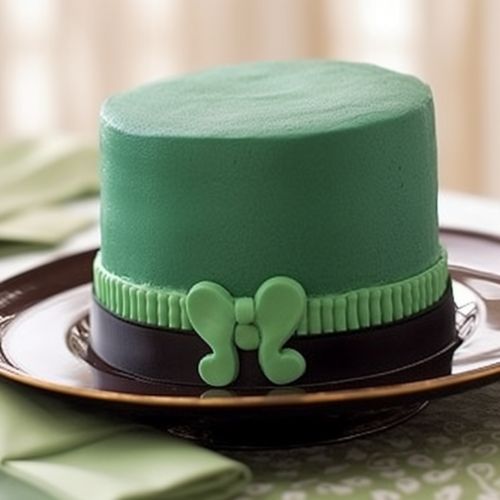
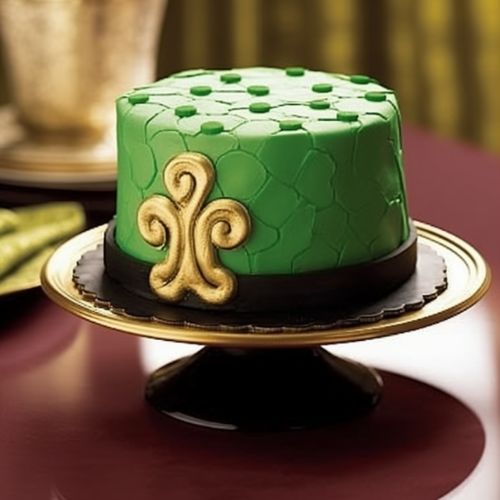

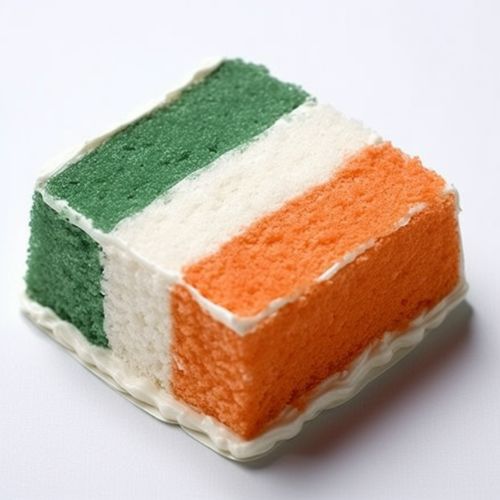

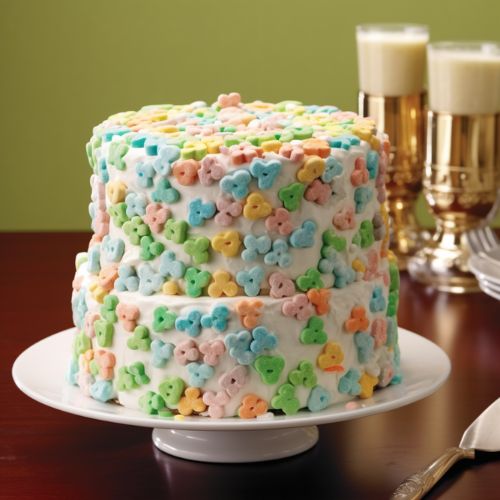


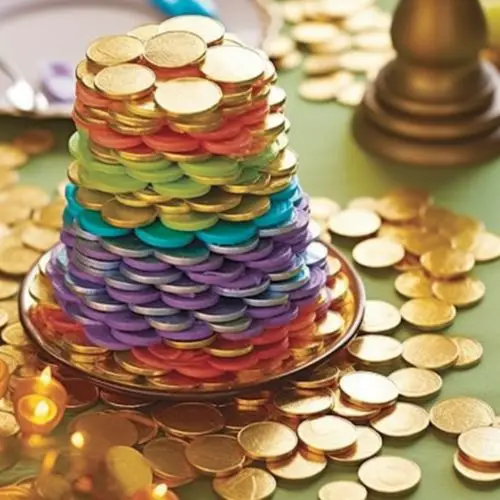

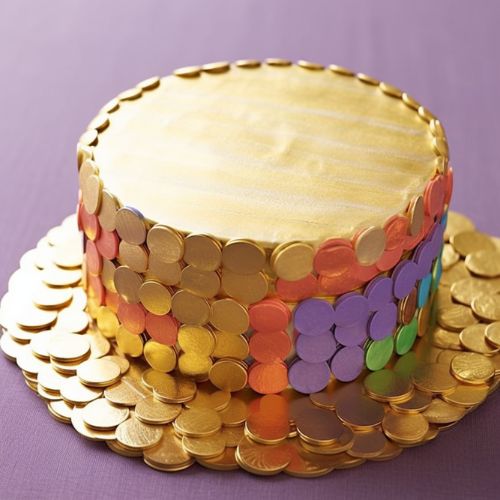
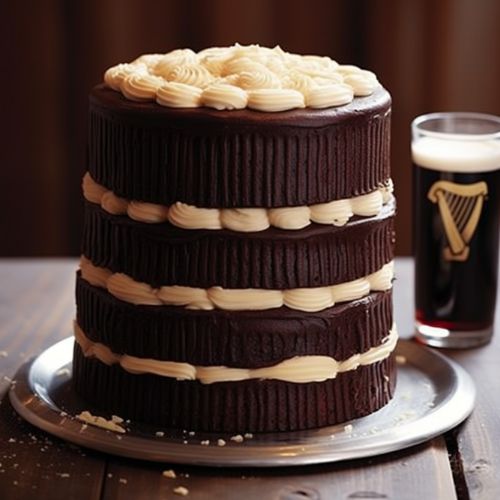
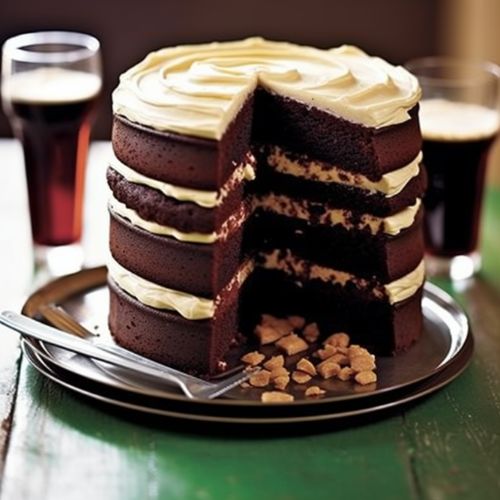
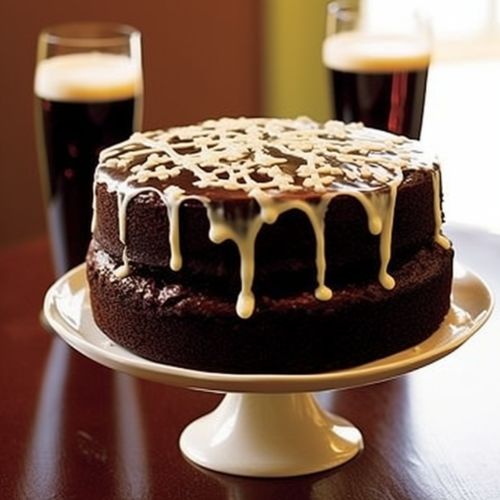
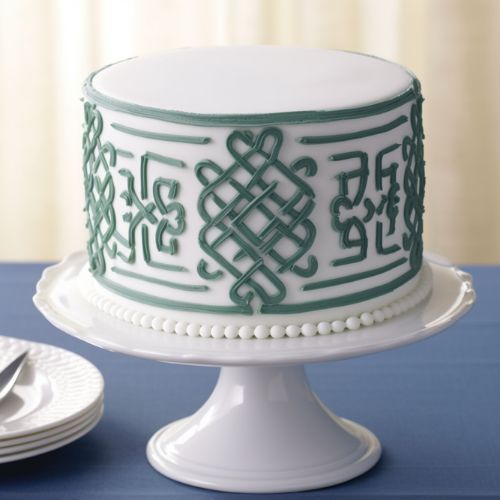
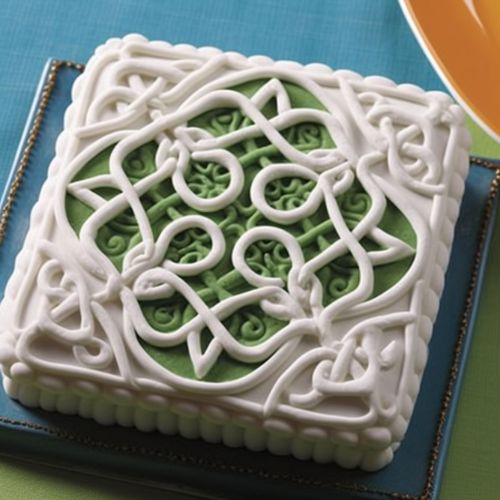

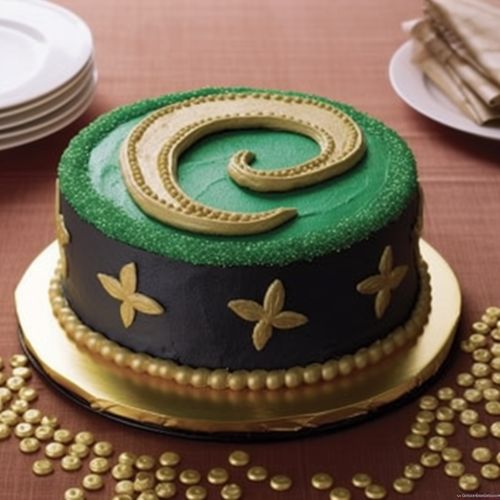
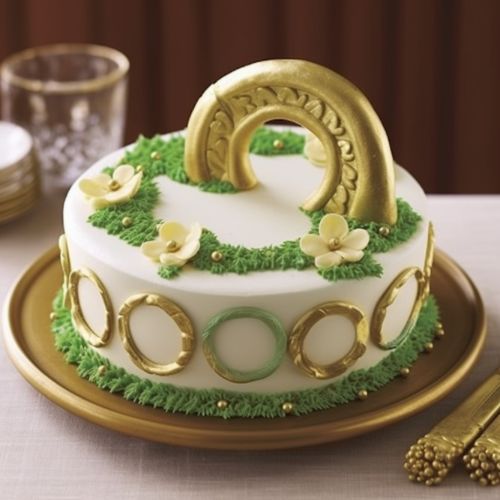
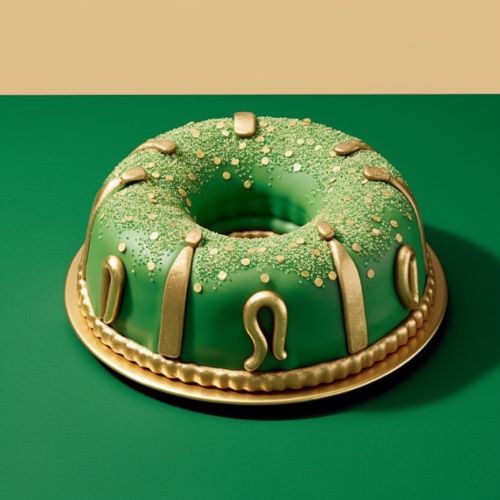

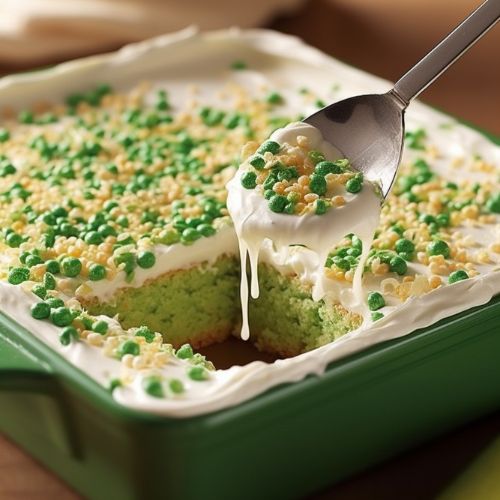
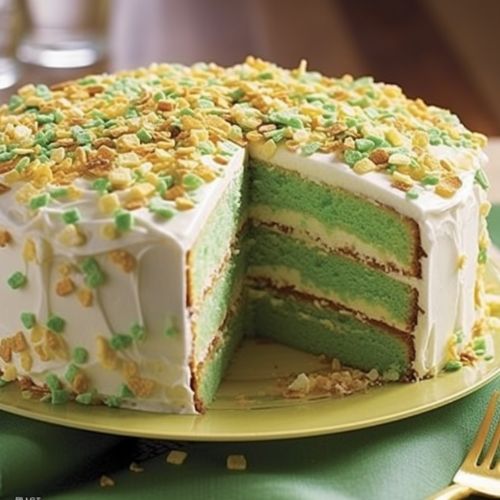



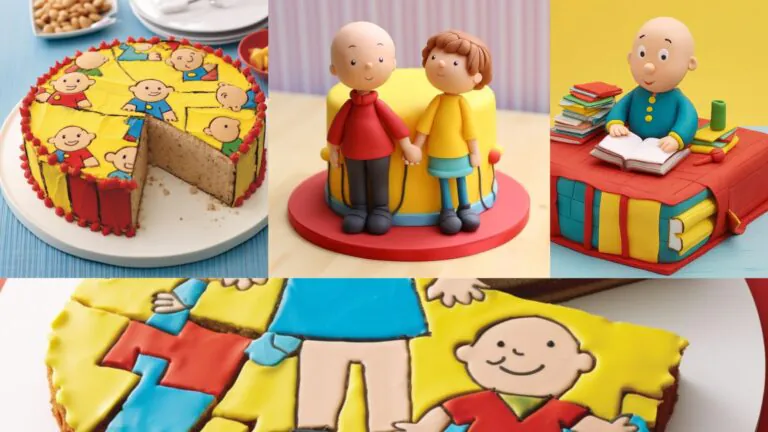



One Comment